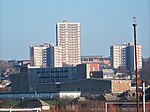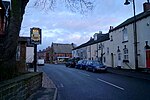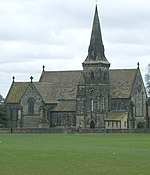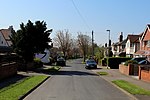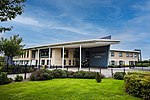Whinmoor
Places in LeedsUse British English from April 2021
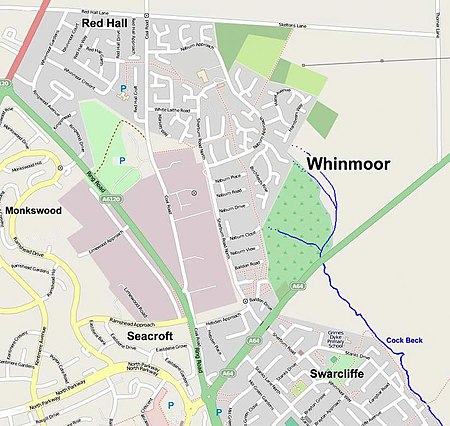
Whinmoor is a residential area of east Leeds, West Yorkshire, England. It is 5 miles (8 km) to the north-east of the city centre and adjacent to Swarcliffe and Seacroft in the LS14 Leeds postcode area. Historically, the area was within the Tadcaster Rural District until 1974. It is today situated in the Leeds City Council ward of Cross Gates and Whinmoor and Leeds East parliamentary constituency.
Excerpt from the Wikipedia article Whinmoor (License: CC BY-SA 3.0, Authors, Images).Whinmoor
Bramble Approach, Leeds Whinmoor
Geographical coordinates (GPS) Address Nearby Places Show on map
Geographical coordinates (GPS)
| Latitude | Longitude |
|---|---|
| N 53.832 ° | E -1.446 ° |
Address
Grimes Dyke
Bramble Approach
LS14 2FL Leeds, Whinmoor
England, United Kingdom
Open on Google Maps


